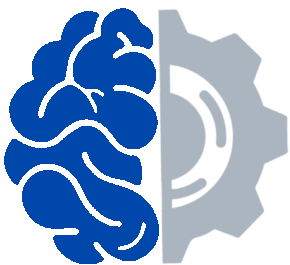Schelling Games: The Art of Coordination
Let’s say that you and a friend are touring New York City together and end up separated, with no way to communicate between each other? Where do you meet? When?
Popular culture has focused on the analysis of of game theoretical components of competition, wondering how one individual may gain advantage over another, but little consideration is given to how individuals coordinate actions. (While the famous Prisoner’s Dilemma does have components of cooperation, in the end, it’s really about preventing the other from taking advantage of you.)
Instead, we’ll be looking at the area of game theory explored by Thomas Schelling which looks at how individuals cooperate with minimal amounts of information.



